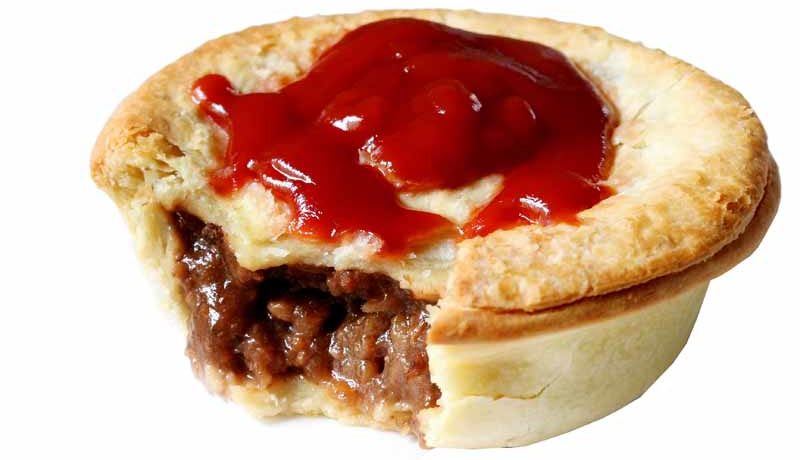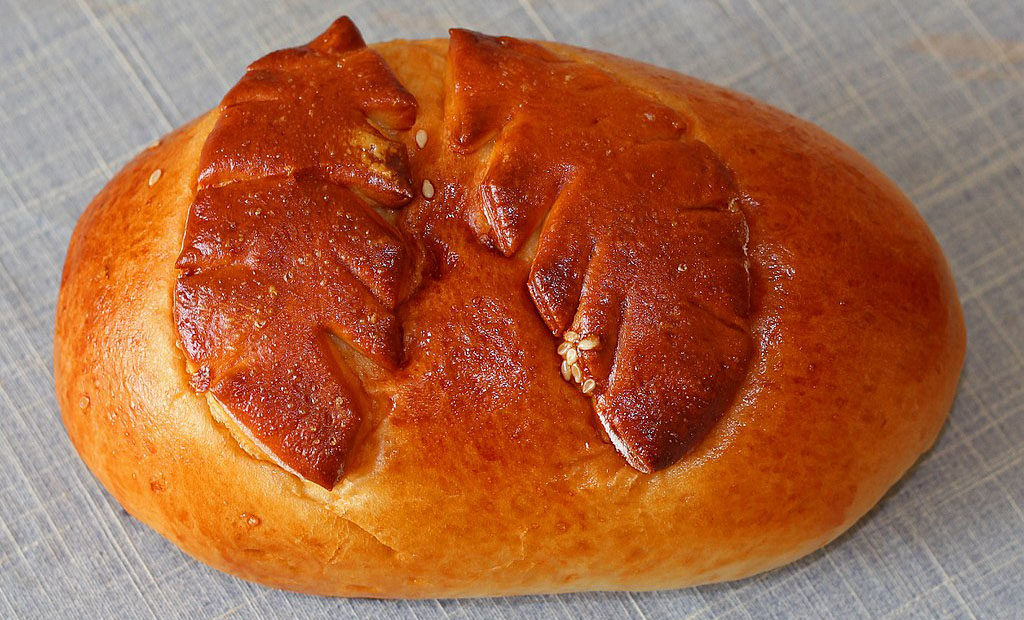
Pi Day comes around once a year and is the day when number nerds join together in celebration of that mathematical constant, π—the ratio of the circumference of a circle to its diameter, which is approximately 3.14. Hence, Pi Day falling on March 14.
OK, enough with the math. Let’s mark Pi Day with something a tad more inviting than numbers—pie. More specifically, I’m talking about traditional meat pie, a constant, which measures the circumference of a plate of food to the diameter of my mouth.
The history of meat pies traces back to the days of yore when warriors on horseback would trek great distances with pockets filled to the brim with pies, probably. Stuffed with mutton or pigeon or whatever woodland creature could be found grazing around the village, these savory pies would sustain nomads so they wouldn’t have to resort to eating their horses, or each other.

It is astonishing just how many meat pie varieties there are across the world, each with signature ingredients wafting with the flavors of a specific region. In 17th century Quebec, Canada, they were stuffing their faces with savory slices of tourtière, a famed flaky, double-crusted, buttery meat pie. Mostly prepared during the winter season, and mainly around Christmas, the pie was traditionally served in a cast-iron cauldron and stuffed with cubed meat from wild game, including rabbit, pheasant or moose (oh, Canada).

Meanwhile, Russians colluded with various neighboring regions over history to come up with coulibiac, a type of pirog usually filled with salmon or sturgeon, along with rice, buckwheat, hard-boiled eggs, mushrooms, onions and dill. Baked in a pastry shell of either brioche or puff pastry, coulibiac can be hand-held or foot-long at dining events.
Down under in Australia, native Aussies eat meat pies like Americans eat hot dogs. Mostly devoured at sporting events (I’m guessing rugby), Australian meat pies are hand-held pastries filled with minced meat and gravy, sometimes also with onions, cheese, mushrooms and even more exotic options like crocodile and camel—possibly even kangaroo, because, why not?
Most Australians smother their meat pies in ketchup, helping those down under folks consume an average of 12 meat pies each per year.
Other hand-held savory and flaky treats from across the globe include Jamaican beef patties, Chilean Empanadas and Nigerian meat pies. The Chinese meat pie, or xian bing, is kind of like a Chinese Hot Pocket. Usually filled with pork, it is wrapped in a salty, crispy, pan-fried scallion pancake.
Romania and Moldova have their own version of meat pie called plăcintă, from the Latin word for cake. The thin pastry is usually filled with a soft cheese such as Urdă or apples, but can also be filled with meat, such as spiced ground beef.

The United Kingdom can also be credited with the Cornish Pasty, the national dish of Cornwall and favorite pocket food of Cornish miners. And with alternate names like oggie, teddy oggie, tiddy oggin and oggy oggin, it is a dish that is blatantly of its region.
Traditional pasties are “D” shaped and stuffed with a combination of highly peppered beef and potatoes, enclosed in a flaky pie crust—the perfect working class snack.



















